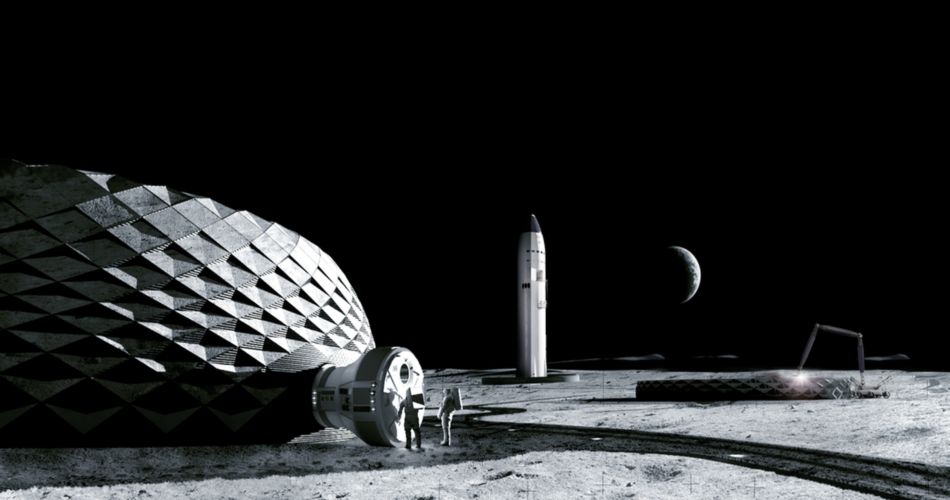
NASA spacecrafts tend not to be the most comfortable places to live, and have sleeping arrangements that make an uncomfortable futon look like a deluxe bed. One company may make it easier one day for astronauts and eventually moon tourists to stretch out a little in a 3D printed home.
It may not qualify into the three L’s of real estate, but Austin-based Icon Technology secured a $57.2 million contract to develop the technology to print 3D homes for the moon. This wouldn’t involve 3D printing the homes on Earth and then strapping them to a rocket like when you see a small house on a flatbed truck.
Instead, ICON would use locally available Lunar dirt and rock — or regolith, as geologists like to say — and mine the materials using robotics to help create powdery Moon structures that resemble futuristic igloos.
“To change the space exploration paradigm from ‘there and back again’ to ‘there to stay,’ we’re going to need robust, resilient, and broadly capable systems that can use the local resources of the Moon and other planetary bodies,” said Jason Ballard, ICON co-founder and CEO.
“The final deliverable of this contract will be humanity’s first construction on another world, and that is going to be a pretty special achievement.”
ICON currently applies similar methods to 3D printing parts for houses in the States and Mexico, using materials from Earth obviously, not the moon. They received the moon contract as part of Phase III of NASA’s Small Business Innovation Research (SBIR) program, based upon previous NASA funding for ICON’s Project Olympus, which seeks to explore space-based construction systems in order to support future exploration of the Moon and beyond.
The company has already begun producing a 3D-printed prototype called Mars Dune Alpha to simulate a realistic Mars habitat and help train astronauts for long-duration missions. The structure includes crew quarters, workstations, common lounge areas, and food growing stations. Sounds nice enough, but there’s no solariums or Holodeck, if you’re wondering.
The need for greyish Moon houses is a clear offset of the Artemis program mission to establish a permanent base camp on the Moon in the next decade. At the moment it’s not entirely comfortable up there, just some footprints and leftover equipment and a flag.
Source: Icon Technology
Via: PCMag
Source link



